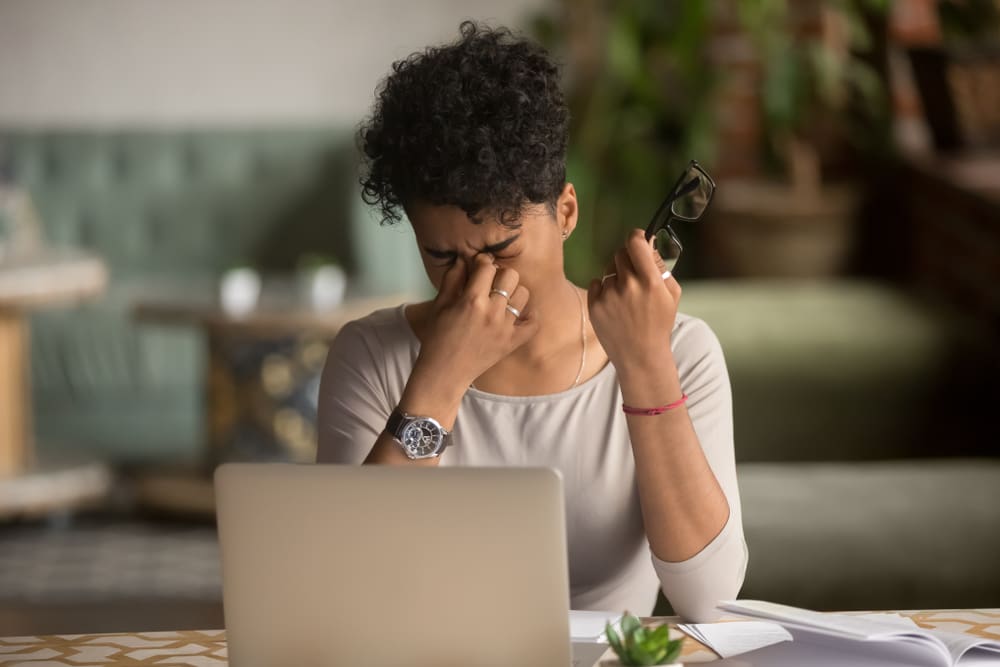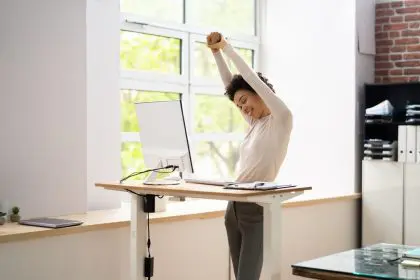When it comes to stroke survivors, the journey to recovery is often accompanied by various challenges, and one prevalent issue is the experience of double vision. Understanding why this phenomenon occurs is crucial for both survivors and their caregivers. In this article, we delve into the basics of why stroke survivors frequently encounter double vision, shedding light on the intricate connections between strokes and visual impairment. By unraveling the mysteries behind this common occurrence, we aim to provide valuable insights that aid in comprehension and empower individuals on their path to recovery.
Let’s explore the fundamental factors contributing to double vision in stroke survivors and discover the essential information that can make a difference in their rehabilitation journey.
Section 1: The Link Between Stroke and Vision Issues
Unraveling the Connection
Double vision in stroke survivors is a common occurrence, often stemming from the disruption of crucial neural pathways during a stroke. When a stroke affects the brain areas responsible for processing visual information, it can lead to a misalignment of the eyes, resulting in double vision. Understanding this link is pivotal for individuals on their journey to recovery.
Section 2: How Strokes Impact Vision Centers
Targeting the Brain’s Vision Control
Post-stroke double vision, or diplopia, occurs due to the brain’s struggle to coordinate eye movements. This lack of coordination, often resulting from nerve damage, impacts the eyes’ alignment, causing two images. It’s essential to grasp these fundamental aspects to comprehend stroke survivors’ challenges.
Section 3: Types of Double Vision Post-Stroke
Binocular vs. Monocular Vision Issues
Double vision can manifest in different forms for stroke survivors. Binocular double vision occurs when the eyes fail to work together, causing overlapping images. On the other hand, monocular double vision affects one eye, resulting from structural damage or irregularities. Recognizing these distinctions helps tailor interventions for improved outcomes.
Section 4: Rehabilitation Strategies for Double Vision
Collaborative Approach to Recovery
Addressing double vision in stroke survivors requires a multi-faceted approach. Collaborative efforts between healthcare professionals, including neurologists, ophthalmologists, and rehabilitation specialists, play a pivotal role in developing personalized strategies for rehabilitation. Vision exercises, prisms, and other therapies may enhance visual alignment.
Section 5: Coping Mechanisms for Stroke Survivors
Navigating Daily Life with Double Vision
Navigating daily life with double vision post-stroke poses challenges, but adopting practical coping mechanisms can make a substantial difference. Simple strategies, such as using contrasting colors, minimizing clutter, and adjusting lighting conditions at home, empower survivors to enhance their quality of life despite visual impairments.
Section 6: The Importance of Ongoing Support
Emotional and Psychological Aspects
Emotional and psychological aspects must be noticed in the recovery journey. Double vision can evoke frustration and anxiety in stroke survivors. Engaging in support groups, seeking counseling, and maintaining open communication with healthcare providers foster a more holistic approach to recovery. Acknowledging and addressing these facets contribute significantly to the adaptive process, empowering survivors to navigate their “new normal” with resilience and confidence.
Conclusion
Embarking on the path of recovery after a stroke is a journey laden with challenges, and for many survivors, double vision becomes a prominent aspect of this complex odyssey. Understanding the intricacies behind why stroke survivors frequently grapple with double vision is not only enlightening but pivotal for devising effective rehabilitation strategies. In this exploration, we unravel the fundamental factors interweaving strokes and visual impairment, shedding light on a common yet often perplexing phenomenon.
In the aftermath of a stroke, the intricate web of connections within the brain responsible for processing visual information can be disrupted, giving rise to the perplexing occurrence of double vision. This disruption, known as binocular vision dysfunction, emerges when the eyes fail to align and focus cohesively, causing the brain to receive conflicting signals. As we delve into the basics of why double vision plagues stroke survivors, we aim to empower both individuals on their recovery journey and their caregivers with knowledge that transcends the ordinary. By comprehending the roots of this visual challenge, we open avenues for tailored interventions and support systems that can significantly impact the rehabilitation trajectory of stroke survivors.
This story was created using AI technology.












